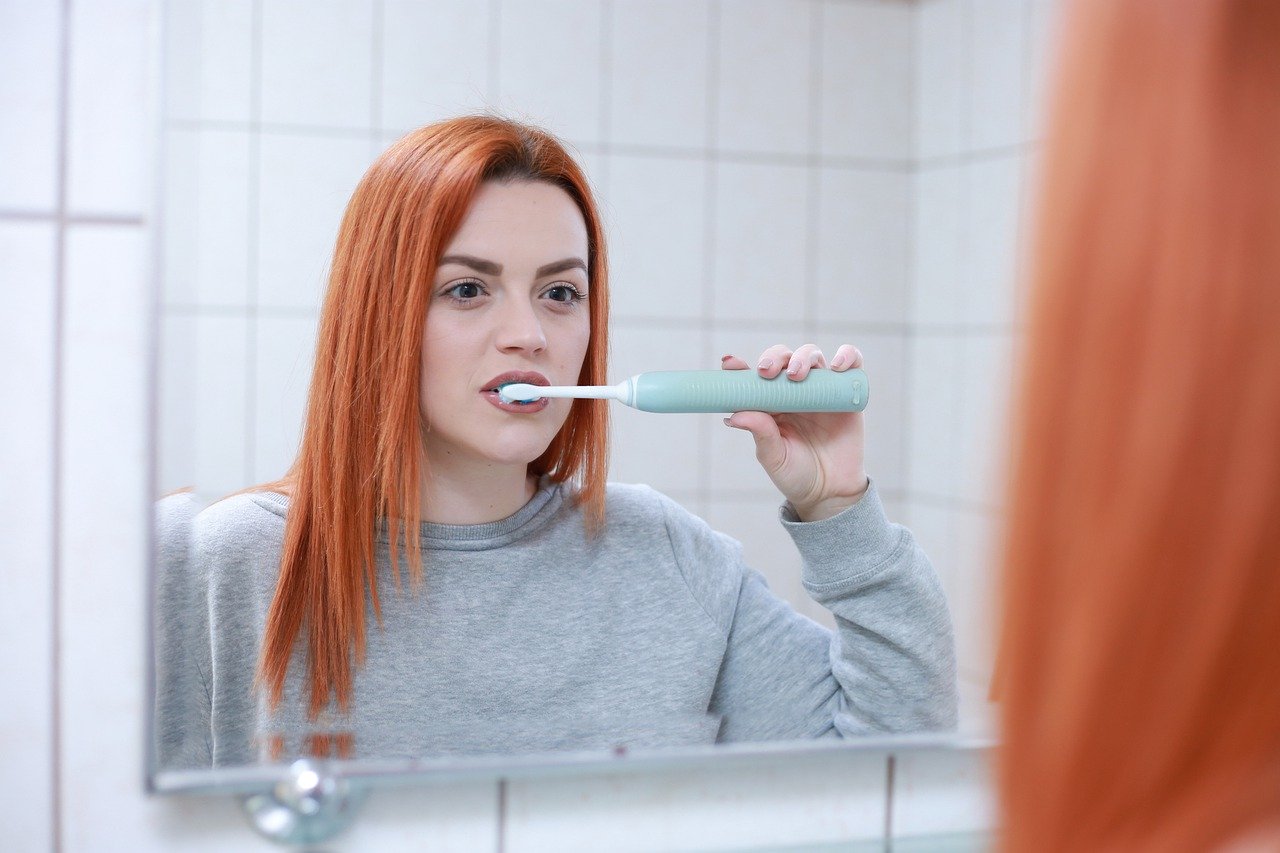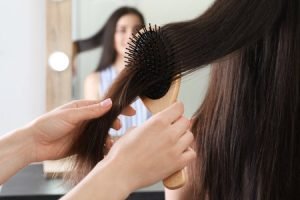5 Effective techniques to brush your teeth

The health of the mouth depends largely on this necessary daily habit. Brush your teeth is not only pleasant and improves the smile; It is one of the most effective actions that exist to prevent cavities . Along with a fiber-rich diet and good chewing and insalivation, brushing promotes bacterial balance in the mouth.
Brushing techniques help:
- Prevent microbial plaque.
- Eliminate food remains.
- Stimulate the gum tissue.
There are different techniques for brushing teeth. Each mouth is unique , so everyone should check which technique leaves their teeth cleaner.Brushing will of course not fix alignment issues that braces or invisalign could address, but it is critical for general oral health.
One way to do this is to use plaque developers – available from the pharmacy – to see if it disappears with brushing.
HOW TO BRUSH YOUR TEETH?
Contrary to what it might seem, brushing is not a current invention. Other cultures rubbed their teeth with astringent substances or bark.
To brush well, it is not enough to tackle the visible areas; you must also go into the most remote areas of the teeth. These are the most effective techniques:
1. Bass technique
Bass’s technique for brushing teeth consists of holding the brush like a pencil, making horizontal vibratory movements of 10 to 15 seconds per area. The bristles must face the gums at a 45º angle. It is also necessary to clean the chewing area and the tongue.
2. Phones Technique (rotation)
It is the best known brushing technique. In this case, the bristles are placed against the surface of the teeth. In the upper ones, the bristles are rotated downwards and in the lower ones, upwards. The sides of the bristles thus brush the gums and teeth in an arched motion. The surface of the premolars and molars is brushed with a rubbing motion.
3. Combined method
It combines the two previous techniques. Bass is performed first, and then gums and teeth are swept with rotation.
5. Stillman’s technique
In this case, the technique consists of moving the bristles of the brush directing them from the gum towards the tip of the tooth and making vibratory movements.
6. Charters Technique
The Chartes technique begins with the bristles on the edge of the gum, making a 45º angle and pointing towards the tip of the teeth. First, vibratory movements are made in the interproximal spaces to clean them well.
Then, the horizontal surface is brushed by rotating movements and pressing the bristles into grooves and fissures. The vertical brush cleans the inside of the anterior teeth.
STIMULATE SALIVA
In addition to resorting to a good brushing technique after eating, we can take care of our teeth while we eat.
Enjoy chewing, salivating and savoring food, and the feeling of cleanliness in the mouth after brushing or secreting more saliva, which helps protect against cavities.
In general, it is good to chew on hard foods (like carrot pieces) to strengthen your teeth. The movement of the jaws when chewing stimulates the secretion of saliva, which lubricates the teeth and thus helps to clean them.
In addition, simply chewing gently massages the gums, which improves blood flow in the area and that keeps teeth strong.







